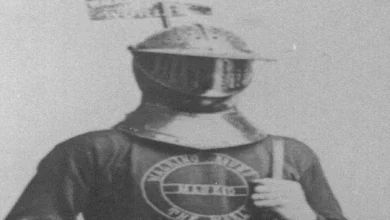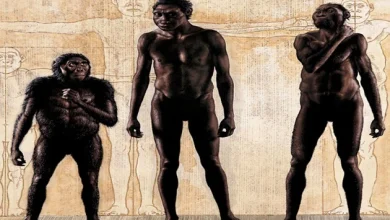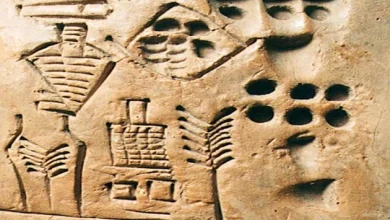The three wise monkeys

This magnificent piece of art may be seen at Nikko Toso-gu, a well-known Shinto temple in the Japanese city of Nikko, which is home to a famous Shinto shrine recognized across the globe. For more than a millennium, the panel portraying three wise monkeys has adorned the wall over this temple’s main door entrance. “See nothing, hear nothing, speak nothing,” illustrates sculptor Hidari Jingoro, in a sculpture depicting the classic adage “see no evil, hear no evil, speak no evil.”
This aphorism is said to have arrived in Japan from China in the eighth century as part of Tendai Buddhist doctrine. It is made up of three dogmas that signify worldly knowledge. The carved panel with the three wise monkeys is only one of many in the Toso-gu shrine’s long sequence of panels.
There are a total of eight panels, each representing a “Code of Conduct” created by Confucius, the famed Chinese philosopher. A comparable statement may be found in Confucius’ “Lun yu” (“Analects of Confucius”) collection of sayings. “Do not look at what is opposed to decency; do not listen to what is adverse to decency; do not speak what is contrary to decency; do not do what is contrary to decency,” it said in an edition from the second to fourth centuries of our era. It’s conceivable that this is a longer phrase that was abbreviated after it was first heard in Japan.
Japanese macaques, which are particularly widespread in the Land of the Rising Sun, are shown on the carved panel. The monkeys are arranged in a row on the panel, with the first covering his ears with his paws, the second closing his mouth, and the third cut out with his eyes closed.
The three wise monkeys are often referred to as “see no evil, hear no evil, speak no evil,” but they do have names of their own. Kikazaru is the name of the monkey who covers his ears, Iwazaru is the name of the monkey who shuts his mouth, and Mizaru is the name of the monkey who closes his eyes.
Because they all finish in “zaru,” which signifies monkey in Japanese, the names are most likely puns. The second meaning of this term is “to flee,” which means that each syllable may be understood as an anti-evil statement.
In Japanese, this piece is known as “Sambiki-Saru,” which translates to “Three Mystical Monkeys.” A fourth monkey, Sidzaru, is sometimes added to the renowned three to reflect the philosophy of “do no harm.” It’s worth mentioning that Sidzara was introduced considerably later in the souvenir business, and solely for commercial reasons, according to popular belief.
In the Shinto and Kosin faiths, monkeys signify a way of life. Historians think the three monkeys emblem is around 500 years old, while others say that it was transmitted across Asia by Buddhist monks and originated in ancient Hindu tradition. Ancient Kosin scrolls include images of monkeys, and the shrine of Tosho-gu, where the renowned panel is situated, was built as a holy structure for Shinto worshippers.
Sculptures and paintings with the words “I see no evil, I hear no evil, I speak no evil” are rare to be seen anywhere else but in Japan, contrary to the widespread notion that the three monkeys originated in China. The first monument to Kosin, which included monkeys, was constructed in 1559, however, it only had one monkey, not three.




